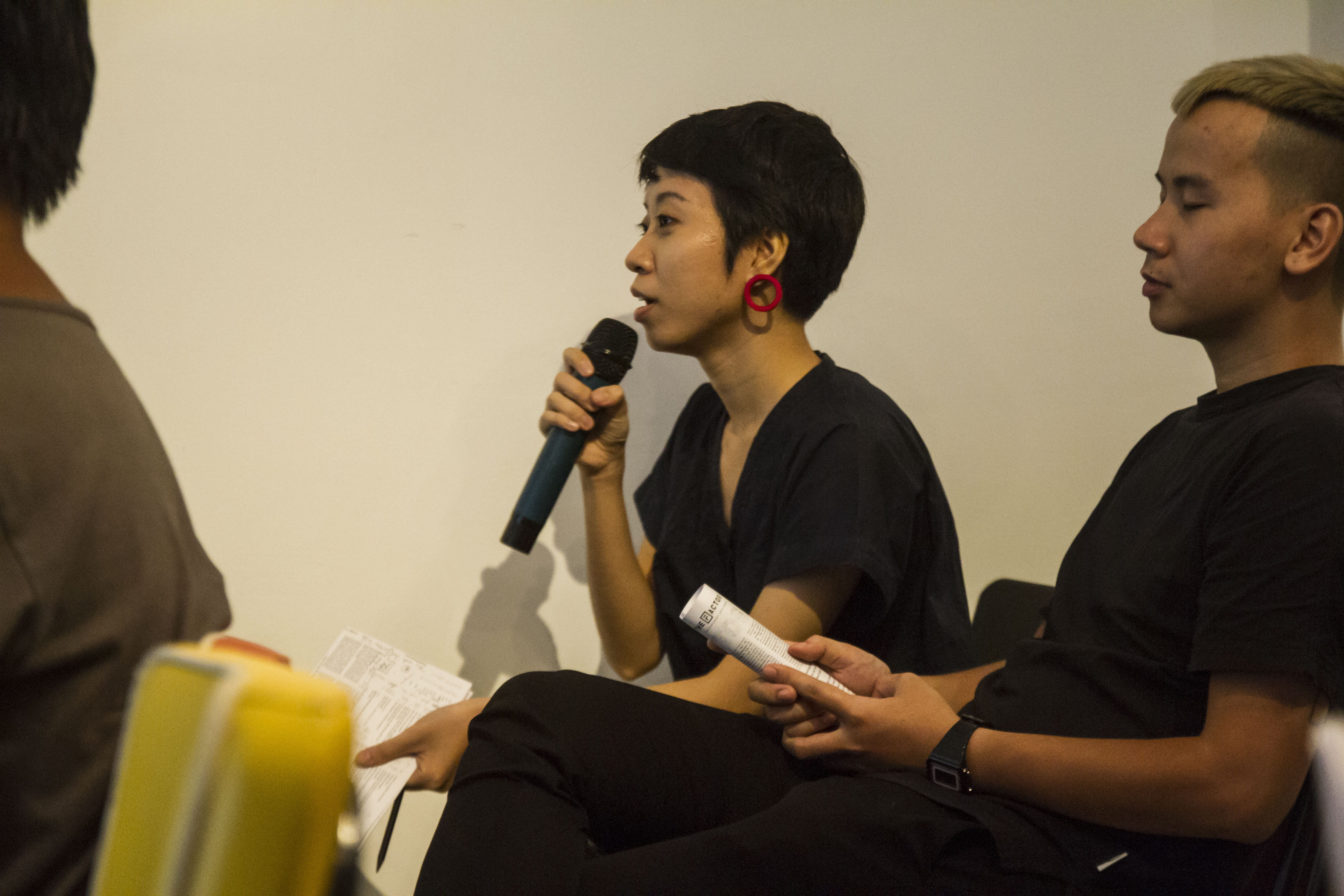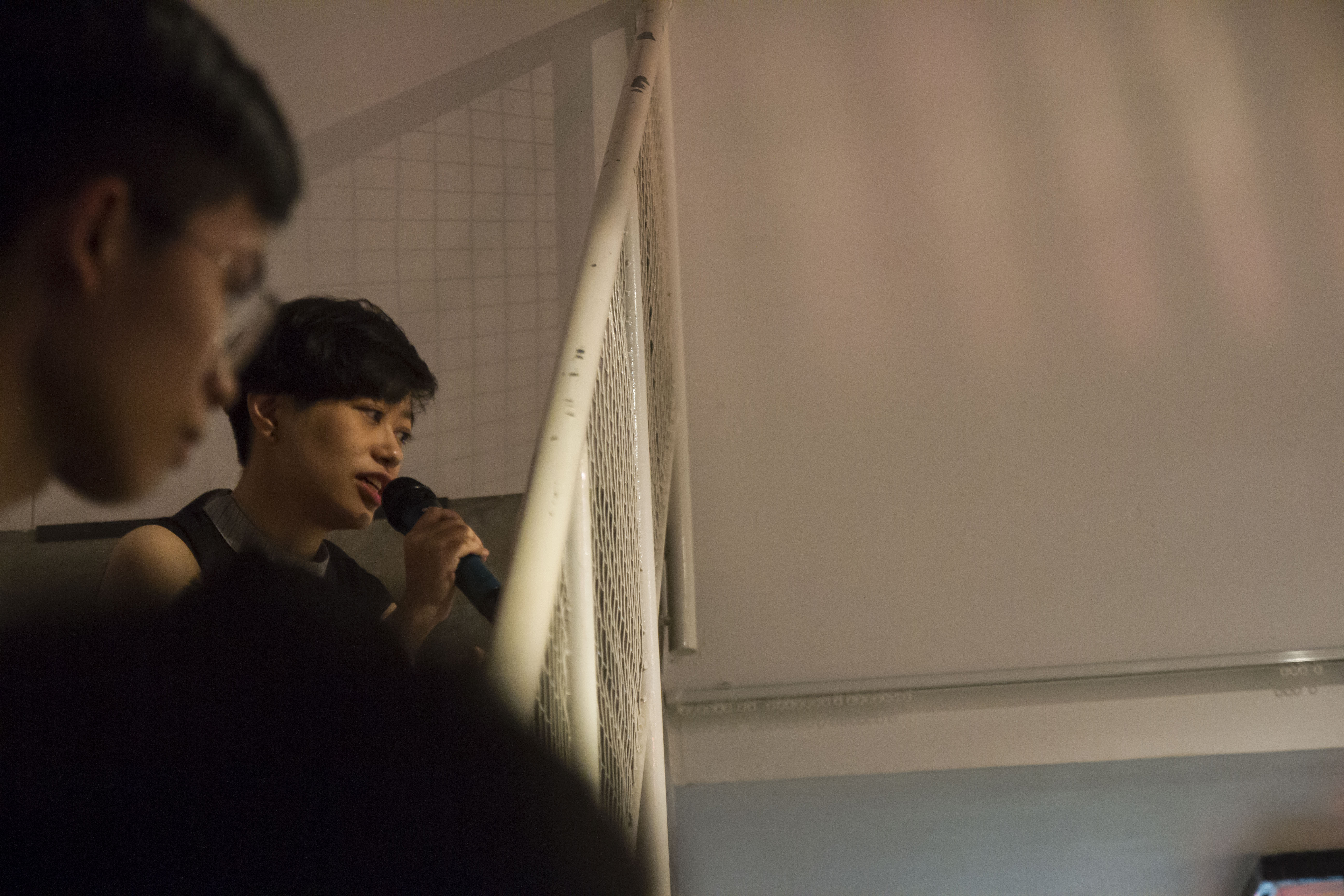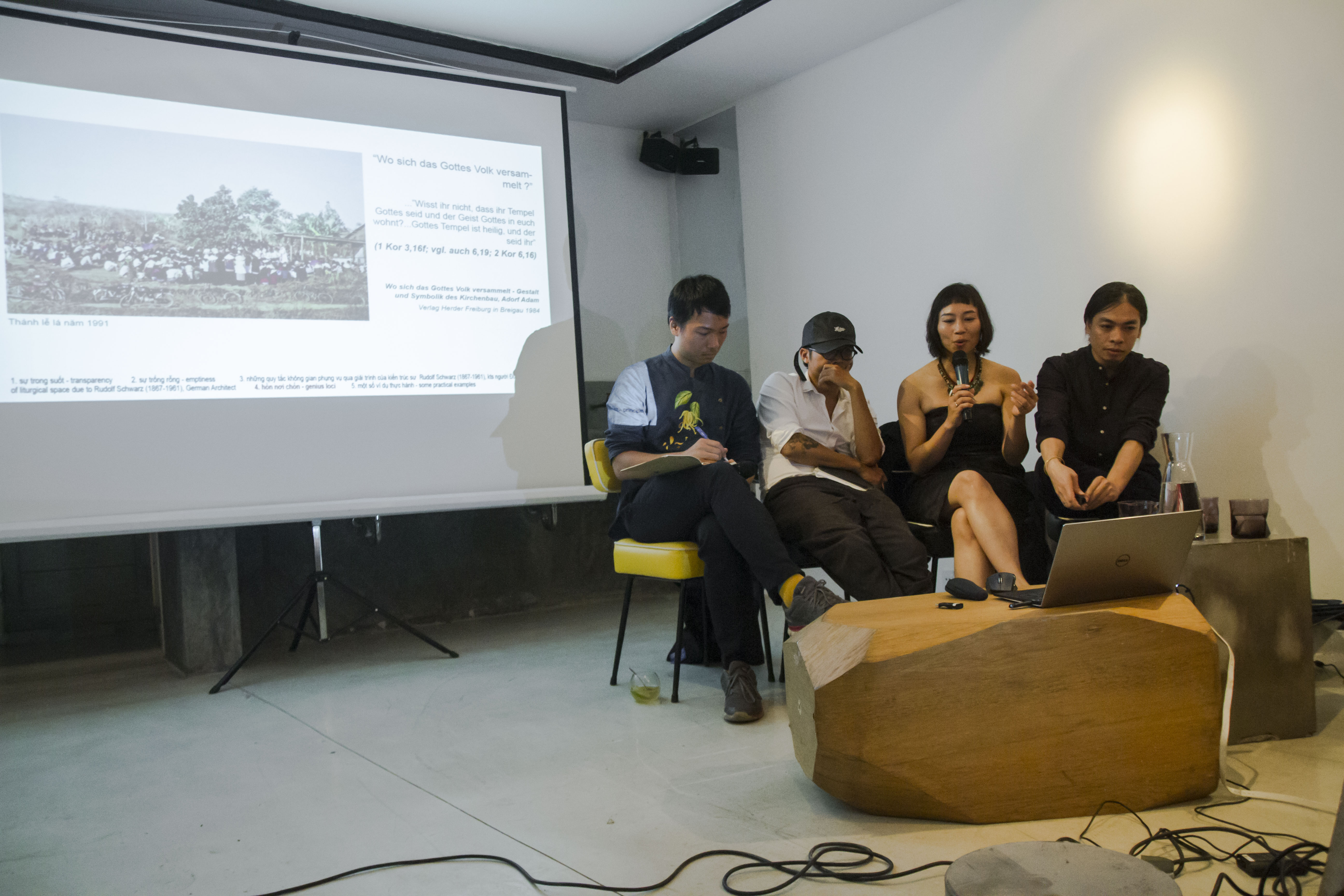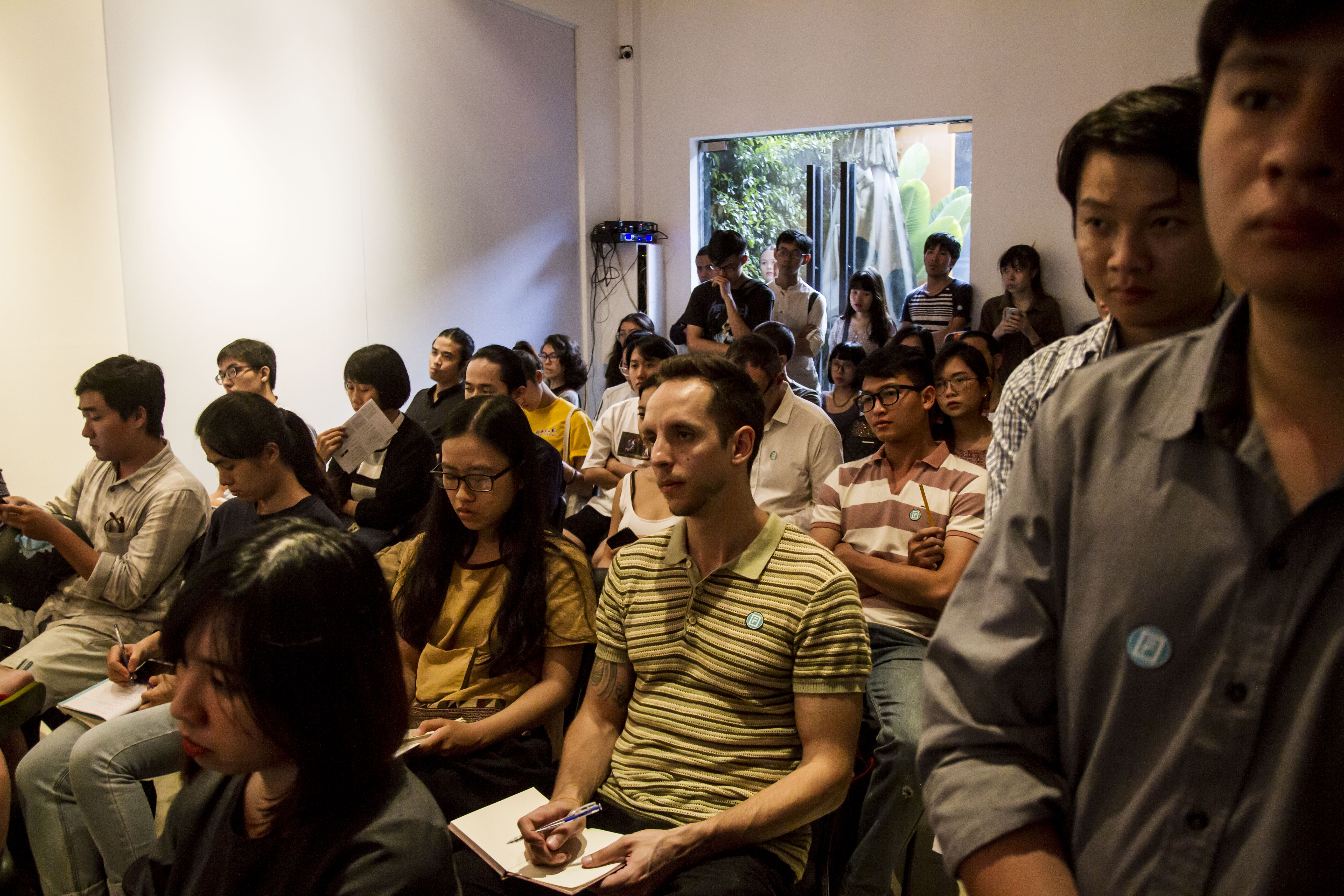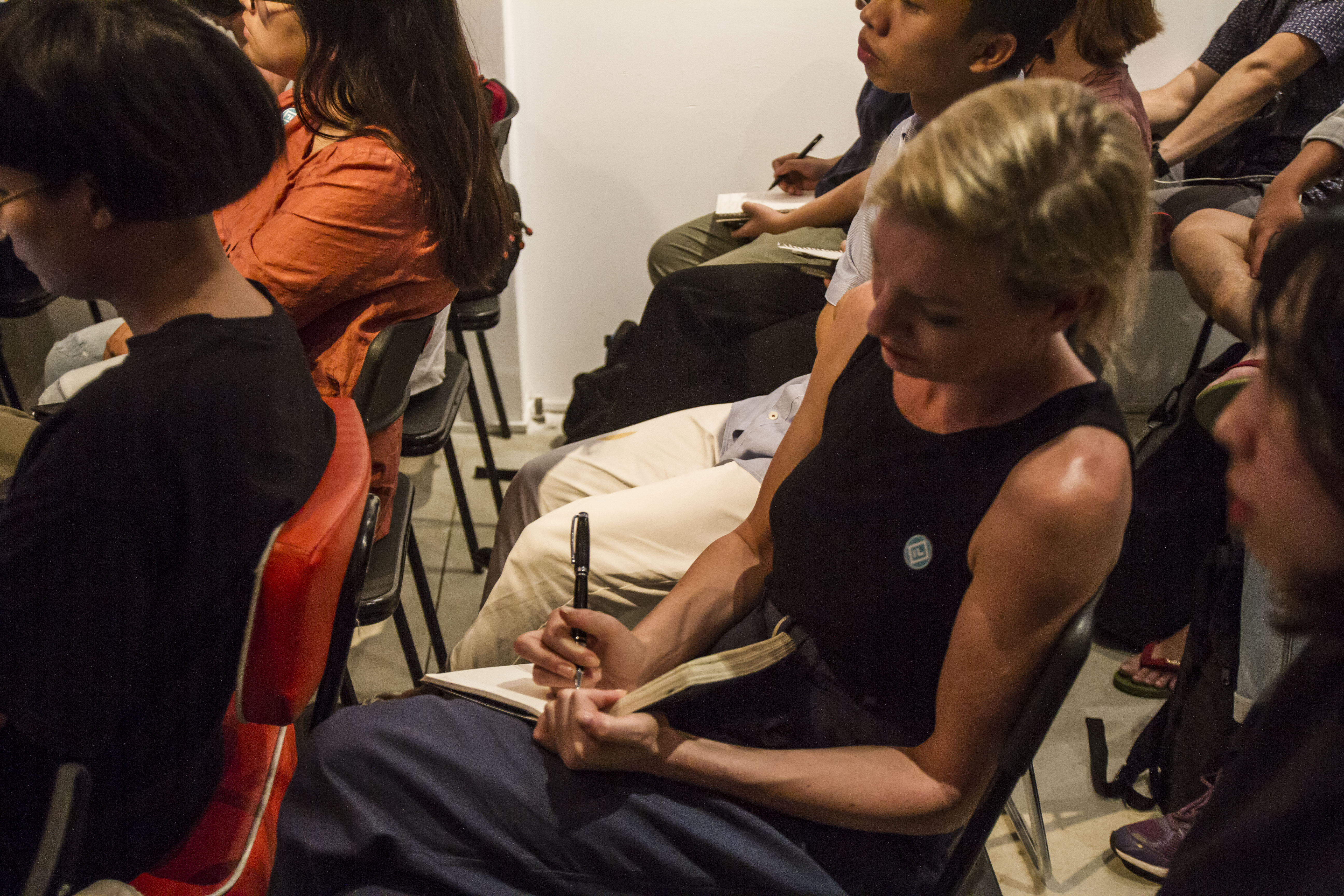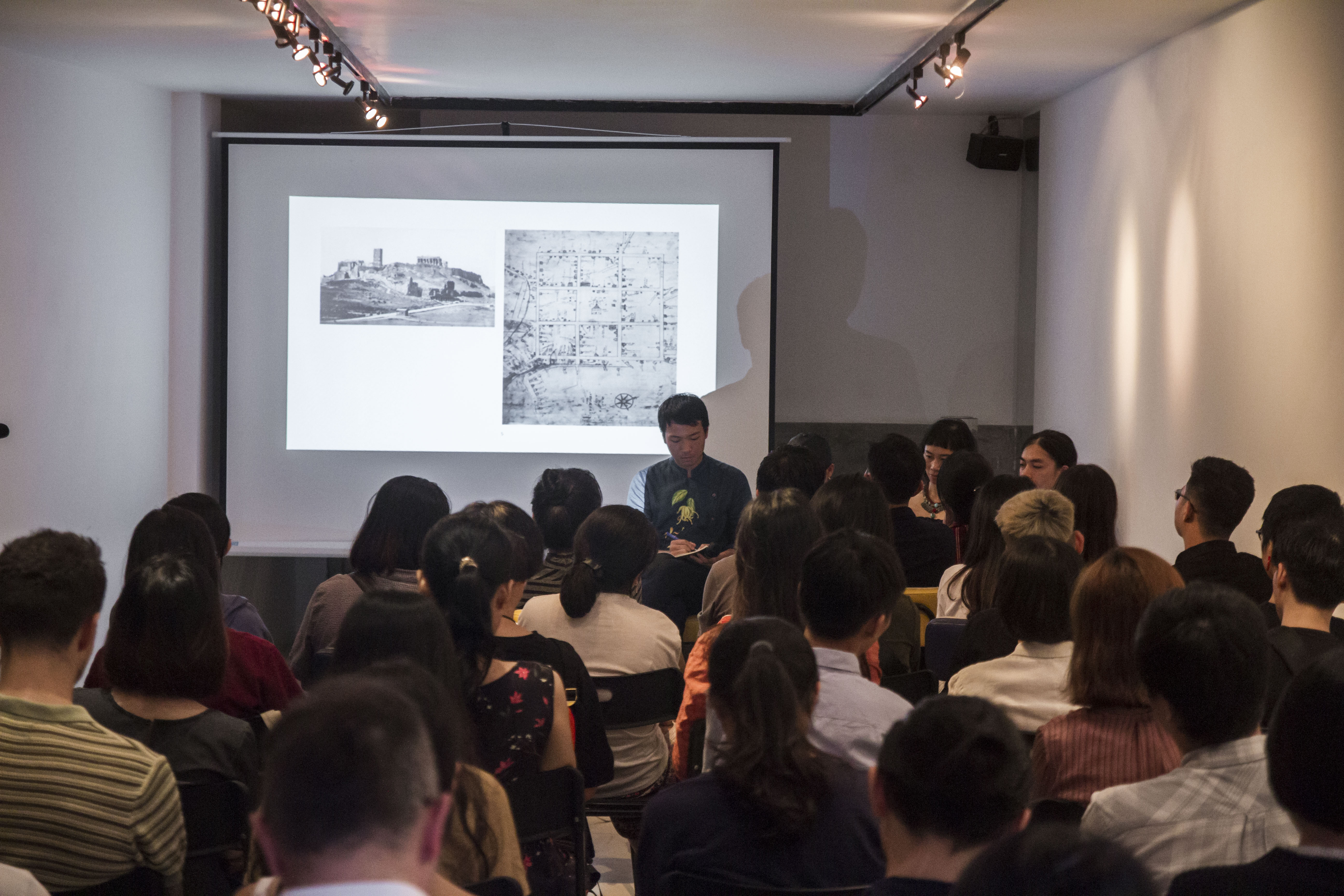In the world of religious people, space is created by geographical territories, in which one consider the sacred zone a fissure. The elements making up a spiritual site put questions to boundary and transition between the world of sacred and one of secular. The architectural concept of the boundary is the departure, the partition, the end of the world, or the engagement and the encounter. In such boundary, sacred space is a compromise witnessing the ancient settlement between man and nature, between architectural building and landscape. Periodically, religious rituals repeat that settlement and place the building in another religious timeframe. Then, architecture exists simply as a framework of relationships: space defining the connections between human and geography.
Interested in the social relations of semi-public space and the open form of sacred / secular boundary, a discussion between Nhabe Scholae and vn-a will give some interpretations for these concepts. The dialogue will go from theoretical concepts to the practicality of sacred buildings that have been designed.
*Mircea Eliade, The Sacred and the Profance, Translated by Willard R. Trask, (New York: A Havest Book, 1957), 15
—
**Please purchase entrance ticket at the Arts Centre reception. This fee gives you access to our exhibitions, reading room and public programs. For further information, please click here.
***Participants of the event allow The Factory and co-organizer (if applicable) to use their images and statements as documentary for the program, for non-commercial purposes such as: archive, press, media, promotion on our website, Facebook etc






